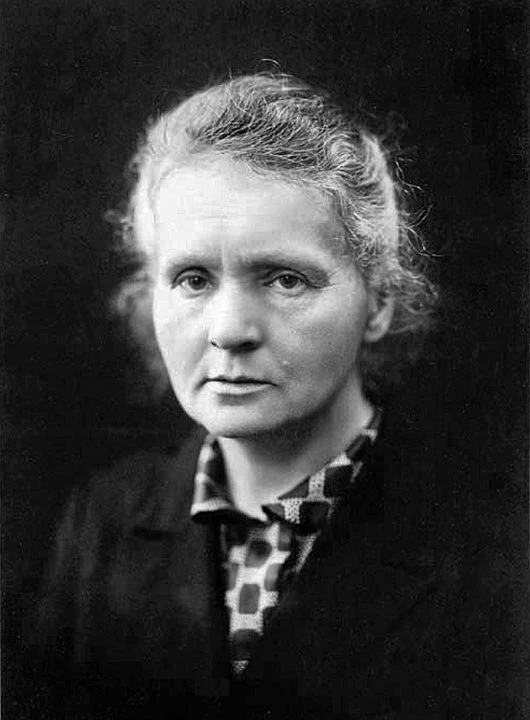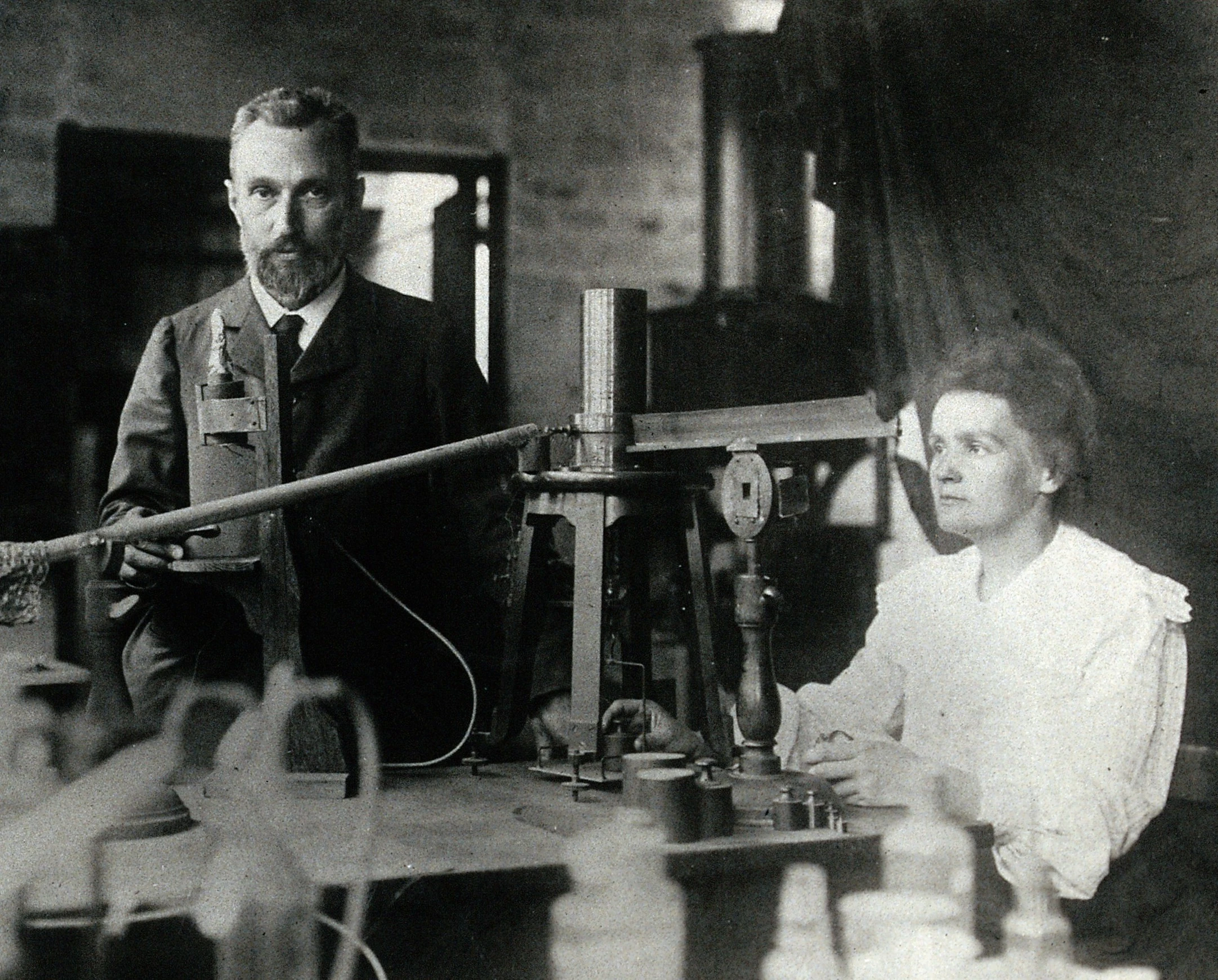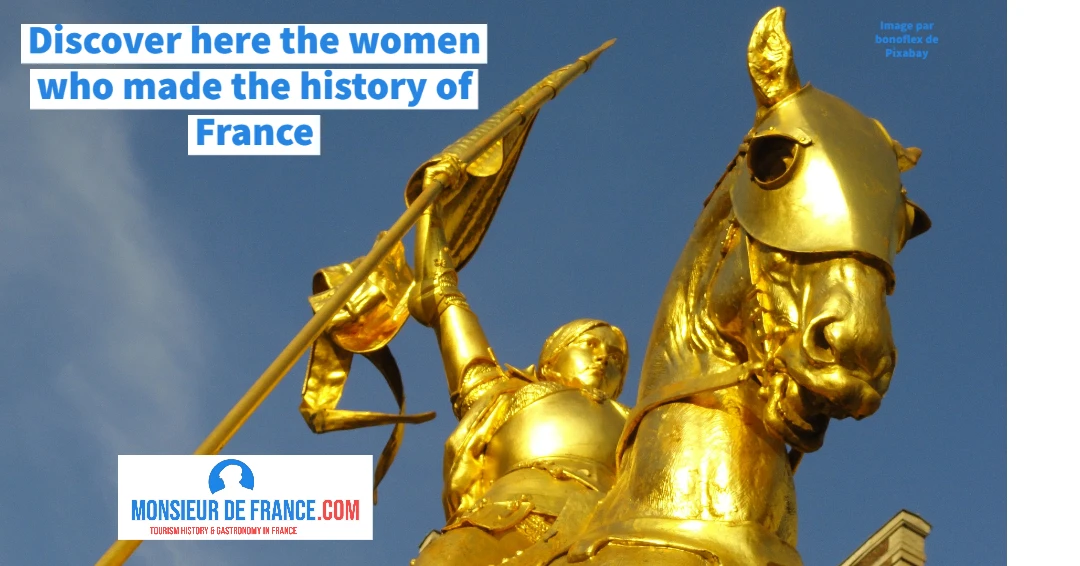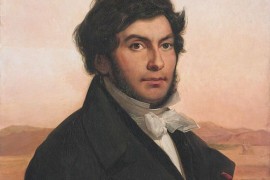A Polish childhood devoted to knowledge
Marie Curie was born Maria Skłodowska on November 7, 1867 in Warsaw. Her family, descended from teachers, valued education despite the restrictions imposed by the Russian Empire. From an early age, she distinguished herself by her taste for mathematics and science. She dreamed of studying at university, but in Poland, women still had no access. So she clandestinely attended the "Flying University", a secret network for young women.
Arrival in Paris and the discovery of a destiny
In 1891, at the age of 24, Maria moved to Paris to continue her studies at the Sorbonne. There she became Marie, Frenchizing her first name. She lives modestly, sometimes cold and hungry, but quickly ranks among the top students in physics and mathematics. Her passion for research led her to frequent the cutting-edge laboratories of the day.
Meeting Pierre Curie
In 1894, she met Pierre Curie, a physicist renowned for his work on magnetism. Their marriage, in 1895, was as much a sentimental union as a scientific partnership. Together, they devoted themselves to the study of phenomena linked to radioactivity, a word Marie would coin.
Pierre and Marie Curie in their makeshift laboratory at the École municipale de physique et de chimie industrielles, circa 1906. By Unknown Photographer - hp.ujf.cas.cz (uploader=--Kuebi 18:28, 10 April 2007 (UTC)), Public domain, https://commons.wikimedia.org/w/index.php?curid=20426111
The discovery of polonium and radium
In 1898, the Curie couple identified two new chemical elements: polonium, named after Poland, and radium, which would become central to scientific research. These discoveries revolutionize physics and chemistry. Marie Curie perfected extraction methods that required colossal efforts, often under precarious and dangerous conditions. Their discovery paved the way for modern medicine: radiotherapy, still used today to treat certain cancers, is a direct legacy of the Curies.
Nobel Prizes and worldwide recognition
In 1903, Marie Curie shared the Prix Nobel de Physique with Pierre Curie and Henri Becquerel for their work on radioactivity. She thus became the first woman to win a Nobel. After Pierre's tragic death in 1906, crushed by a horse-drawn carriage, she continued alone. In 1911, she received the Nobel Prize for Chemistry for her discoveries of polonium and radium. Marie Curie remains the only person in the world to have received two Nobel Prizes in two different disciplines.
A woman committed to science and society
Marie Curie was not just a researcher, she was also an educator and a campaigner for knowledge. She became the first woman professor at the Sorbonne, where she attracted worldwide attention. During the First World War, she set up the "petites Curies", mobile radiography units that saved thousands of lives of wounded soldiers.
A colossal scientific legacy
Marie Curie's work did not end with her discoveries. Her research into radioactivity paved the way for many other disciplines:
-
medicine with radiotherapy,
-
nuclear physics,
-
the chemistry of radioactive elements,
-
the atomic energy.
She inspired generations of women scientists, proving that genius has no gender.
The facade of the Pantheon and the dome in the background. Photo chosen by monsieurdefrance.com: Mix7777 via depositphotos.
National and international recognition
In 1995, Marie Curie became the first woman to enter the Panthéon de Paris on her own merits. Today, high schools, laboratories and even a CNRS unit bear her name. Her story symbolizes the France of innovation and science open to the world.
Marie Curie embodies both scientific rigor and personal courage;
A 500 euro banknote featuring Marie Curie / By Monnaie de Paris (banknote), European Central Bank (photograph) - Banque de France (banknote), Public domain, https://commons.wikimedia.org/w/index.php?curid=7813046
FAQ
Who was Marie Curie in the history of French science?
Marie Curie was a Polish-French physicist and chemist who discovered radium and polonium, revolutionizing science and paving the way for modern medicine.
When did she win her Nobel Prizes and in which disciplines?
She was awarded the Nobel Prize for Physics in 1903 and the Nobel Prize for Chemistry in 1911. She is the only woman to win two Nobel Prizes in two different disciplines.
How did Marie Curie become French?
Settling in Paris for her studies, she married Pierre Curie in 1895 and adopted French nationality, conducting all her research in France.
What is Marie Curie's scientific legacy?
His discoveries led to the development of radiotherapy, advances in nuclear physics and the birth of modern energetics.
Where is Marie Curie buried and how is she honored in France?
Marie Curie is buried alongside Pierre Curie in the Paris Pantheon, a symbol of national recognition of her scientific genius.
Top 5 Marie Curie quotes
1 "In life, nothing is to be feared, everything is to be understood"
2 "It's always good to marry your best friend."
3 "First principle: never let people or events get you down.
4 "In science, we should be interested in things, not people".
5 "Life isn't easy for any of us. But you have to have perseverance and, above all, self-confidence. You have to believe that you are gifted for something, and that you have to achieve it, whatever the cost.







